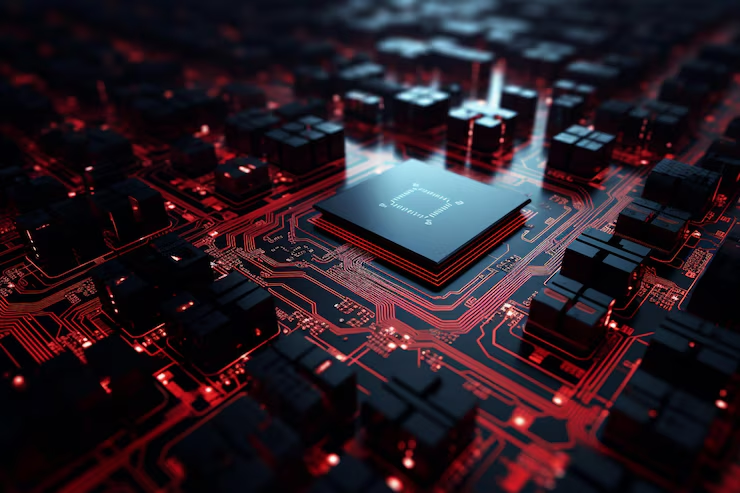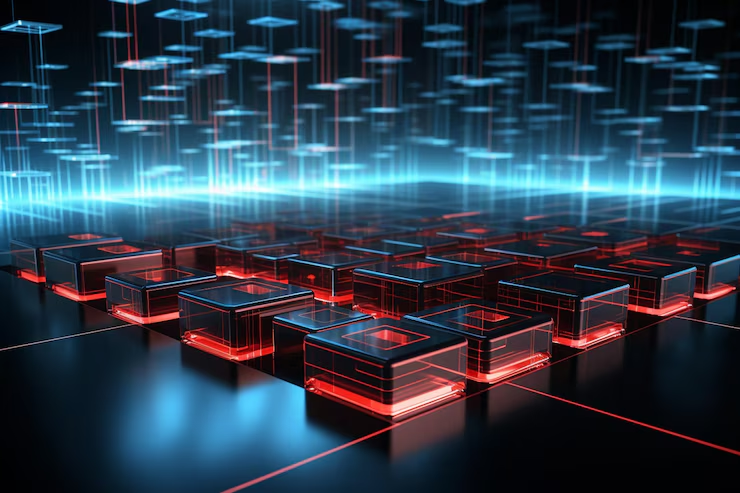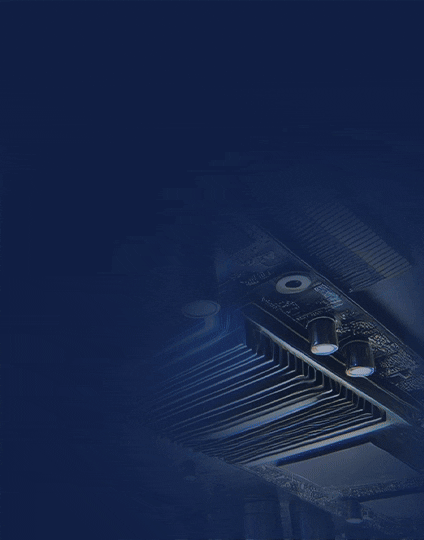As the digital landscape shifts toward real-time data processing and decentralized architectures, edge computing has emerged as a game-changing paradigm. From smart sensors in agriculture to intelligent cameras in autonomous vehicles, edge devices are becoming the silent workhorses behind modern innovation. By processing data closer to the source, they reduce latency, enhance privacy, and improve overall system responsiveness.
But this edge-centric revolution doesn’t come without challenges—power management stands out as one of the most critical. Unlike traditional cloud data centers, edge devices often operate in constrained environments with limited access to power, whether running on batteries, solar panels, or minimal-grid setups. The need to process increasingly complex workloads while maintaining energy efficiency has sparked a wave of innovation in the way we manage power at the edge.
In this blog, we’ll explore the next-generation power management techniques and technologies reshaping edge computing. From AI-driven optimizations to energy-harvesting solutions, we’ll dive into how cutting-edge strategies are enabling smarter, greener, and more resilient edge devices.

The Rise of Edge Computing
Over the past decade, the explosion of data from IoT devices, sensors, and connected machines has pushed traditional cloud infrastructures to their limits. As a result, edge computing has emerged as a powerful alternative, enabling data to be processed locally—at or near the source—rather than relying entirely on distant cloud servers.
This architectural shift brings several advantages:
- Reduced latency: Real-time decision-making becomes possible when data doesn’t need to travel back and forth to the cloud.
- Improved bandwidth efficiency: Only relevant or summarized data is sent to the cloud, conserving network resources.
- Enhanced privacy and security: Sensitive data can be processed and stored locally, minimizing exposure to external threats.

Edge computing is already transforming industries:
- In healthcare, wearable devices monitor vital signs and alert patients or doctors in real time.
- In manufacturing, smart machinery detects faults and performs predictive maintenance.
- In transportation, autonomous vehicles make split-second decisions using onboard processing.
However, with these benefits come new challenges—power consumption being one of the most pressing. Unlike centralized data centers, edge devices often have to operate under strict power constraints, making efficient power management essential for the long-term viability of edge deployments.
As edge applications grow in complexity, so does the demand for smarter, adaptive energy solutions—paving the way for next-gen power management innovations.
Power Challenges in Edge Devices
Despite their growing capabilities, edge computing devices are often deployed in power-constrained environments—a sharp contrast to the resource-rich cloud data centers. This makes power management not just a feature but a fundamental design requirement. Below are some of the key challenges that engineers and developers face when it comes to managing power at the edge:
1. Limited Power Supply
Many edge devices operate in remote or off-grid locations, relying on batteries, solar panels, or energy harvesting. These sources can be unpredictable or insufficient for sustained high-performance operation, especially when dealing with compute-heavy workloads like real-time video processing or AI inference.
2. Small Form Factors and Thermal Constraints
Edge devices are often designed to be compact and lightweight, which limits their ability to include large batteries or advanced cooling systems. This not only restricts the available energy but also makes thermal management a critical concern, as excess heat can degrade performance and reduce component lifespan.
3. Real-Time Processing Demands
Applications such as industrial automation, autonomous navigation, and healthcare monitoring require ultra-low latency and continuous data processing. These performance needs can spike power consumption, especially during intensive computation periods, making it harder to maintain energy efficiency without affecting reliability.
4. Network Limitations and Connectivity Issues
In environments with intermittent or limited connectivity, edge devices need to operate independently for long periods. This includes managing power without real-time cloud coordination, increasing the complexity of local energy optimization strategies.
5. Longevity and Maintenance Constraints
Many edge devices are deployed for years without regular maintenance. Frequent battery replacements or energy inefficiencies can lead to operational downtime, increased costs, and even device failure. This makes long-term power efficiency essential for sustainable edge computing.

Next-Gen Power Management Techniques
To overcome the unique challenges of edge computing, a new wave of power management techniques is emerging—ones that combine intelligent software control, specialized hardware, and adaptive strategies tailored for the edge. These next-gen methods aim to strike the perfect balance between performance, efficiency, and sustainability.
1. AI-Driven Power Optimization
Artificial Intelligence is not just powering edge workloads—it’s also optimizing their energy use.
- Machine learning algorithms can predict usage patterns and adjust power states dynamically.
- Systems can throttle down non-critical functions during idle times and ramp up during peak loads.
- AI-based power control enables context-aware decision-making, where devices adjust their energy profile based on environmental conditions or user behavior.
2. Dynamic Voltage and Frequency Scaling (DVFS)
DVFS is a widely used technique in modern processors, allowing them to scale voltage and frequency according to workload demands.
- During light workloads, processors run at lower frequencies and voltages to conserve energy.
- When high performance is needed, they temporarily scale up, ensuring power is used only when necessary.
- This is especially effective in edge environments where workloads fluctuate frequently.
3. Low-Power Hardware Design
Hardware tailored for edge applications is evolving to deliver maximum efficiency with minimal power draw.
- Processors like ARM Cortex-M, RISC-V, and custom SoCs are designed with ultra-low-power modes.
- Edge AI accelerators (e.g., TPUs, NPUs) are optimized to run ML models without draining the system.
- Specialized chip architectures are being developed to prioritize energy efficiency over raw performance.
4. Energy-Aware Task Scheduling
Power management can also be improved through smart task scheduling algorithms.
- Workloads are prioritized and assigned based on available energy and processing needs.
- Critical tasks are scheduled first, while non-urgent processes are deferred or executed during low-load periods.
- Multi-core systems can selectively activate only the cores needed for a specific task, reducing idle energy loss.
5. Integration of Energy Harvesting
Some edge devices are now equipped with mechanisms to harvest energy from the environment, enabling near-perpetual operation.
- Sources include solar, thermal gradients, vibrations, and RF signals.
- Harvested energy can supplement or replace batteries in low-power use cases like environmental sensors or wearables.
- Combined with ultra-efficient designs, this approach opens the door to self-sustaining edge nodes

Conclusion
As edge computing continues to redefine the way we interact with data, devices, and the world around us, power management has become a cornerstone of its success. The constraints of remote, mobile, and embedded environments demand solutions that are not only efficient but also intelligent and adaptive. Next-gen power management techniques—ranging from AI-driven optimizations to energy harvesting—are unlocking new levels of performance, reliability, and sustainability at the edge.
Looking ahead, the integration of low-power hardware, smart software, and innovative energy strategies will be key to scaling edge deployments across industries. As workloads grow more complex and demand increases, staying ahead with cutting-edge power management will ensure that edge devices remain responsive, resilient, and ready for the future.












